In an Op-Ed published not by a UC publication, like The Daily Cal or the UCSD Guardian, but in the Boston Globe, UC President Janet Napolitano takes a very patronizing approach to an issue that concerns students and not necessarily her, despite her position as supreme leader of the UC system. Now, just like many baby boomers, she laments the state of free speech on college. Problem is, her Op-Ed is full of flaws and inconsistencies that make it easy for us to debunk.
Everything she writes is not wrong, of course. She is correct in pointing out that the UC system had a wind of fresh air and political involvement in the 1960’s. Berkeley was a beacon of free speech, catalyzing what many in the nation were thinking. She is also right to point out that a college campus is supposed to evolve and educate people to prepare them for the often-hard realities of life, not shield them from it. The final correct argument she offers is the one describing student centers as a good safe space.
It all goes downhill from there, starting with Napolitano’s claims that students are wrong to denounce the appearance of a public speaker, which do not not hold up because in the following paragraph, she acknowledges that all speech is not acceptable either. Her error here is that she depicts herself as the sole arbiter who can decide for the student body which speaker is acceptable and which is not. But it gets worse. After a quick jab at the press, which “vilifies trigger warnings”, Napolitano brings her claims close to home: speech in any hurtful form is the new bete noire of the academy.
That is not okay.
Napolitano’s argument is as such: If 50 years ago, students were not being crybabies about free speech on campuses, then students should not be now. What she fails to acknowledge and realize in her piece is that the times have changed. 50 years ago, the Civil Rights Act of 1964 had just been enacted, Harvey Milk was ten years removed from being elected into office and the Immigration and Naturalization Act had barely passed in 1965. Offensive speech back then did not directly affect people because they were neither represented on campuses nor protected by the law. Now, these speeches hurt those same people, members of underrepresented communities and minorities.
One particularly appealing comment is directly aimed at our campus. “Chalking an anti-immigrant, pro-Trump slogan on a sidewalk is one thing; spray painting it on a building is another,” Napolitano says. So, if it’s on the ground and erasable hate speech, it’s okay, but how dare you spray paint those same words on University property? Hate speech is no less hateful when it is written on the ground in front of a building instead of on the building itself, regardless of whether it is permanent or not.
She says it herself: “That which is designed to personally intimidate or harass falls outside First Amendment protections, as outlined by the Supreme Court.” But then, Napolitano claims those chalked messages fit the bill as “free speech” that should be protected, which assumes what is a skewed definition of harassment. Students are sometimes coddled, that is true, but you cannot claim hate speech is not protected by the first Amendment and then criticize students who acknowledge and protest hate speech. Napolitano is yet another example of someone from an older generation thinking they know better than us because we interpret important issues differently than her.




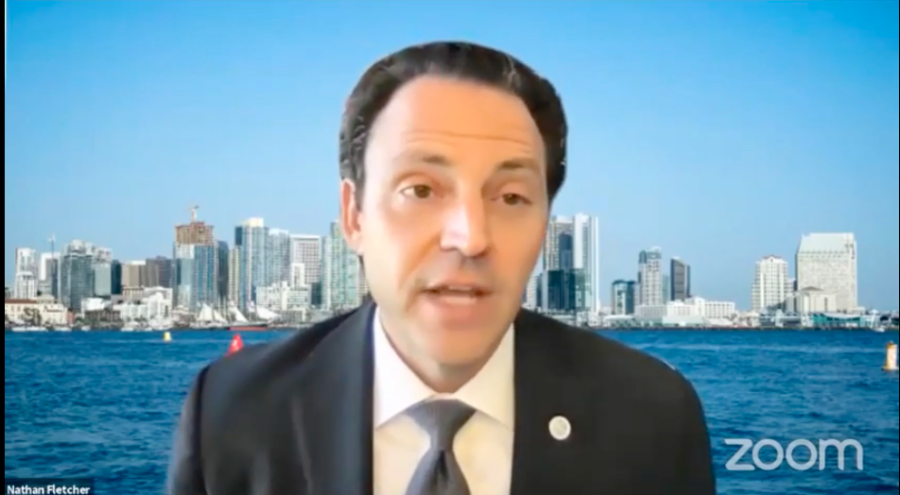
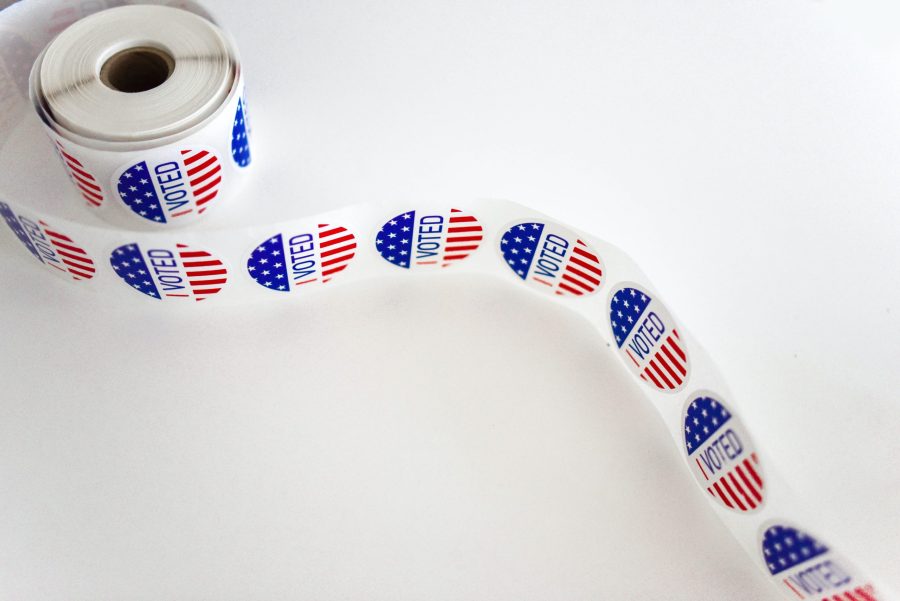
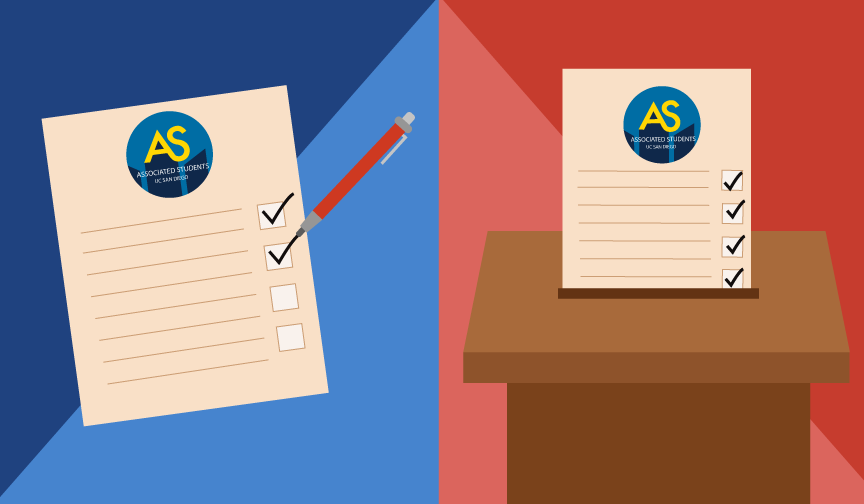



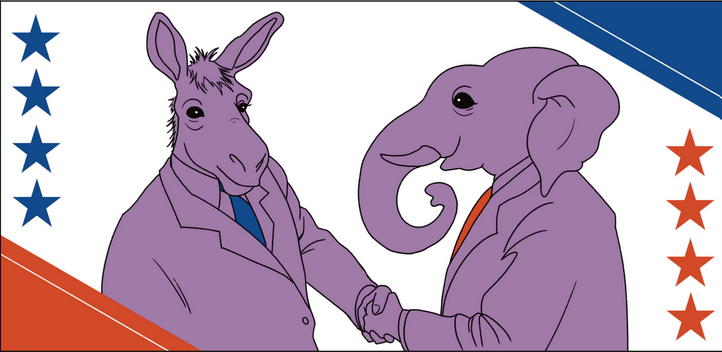
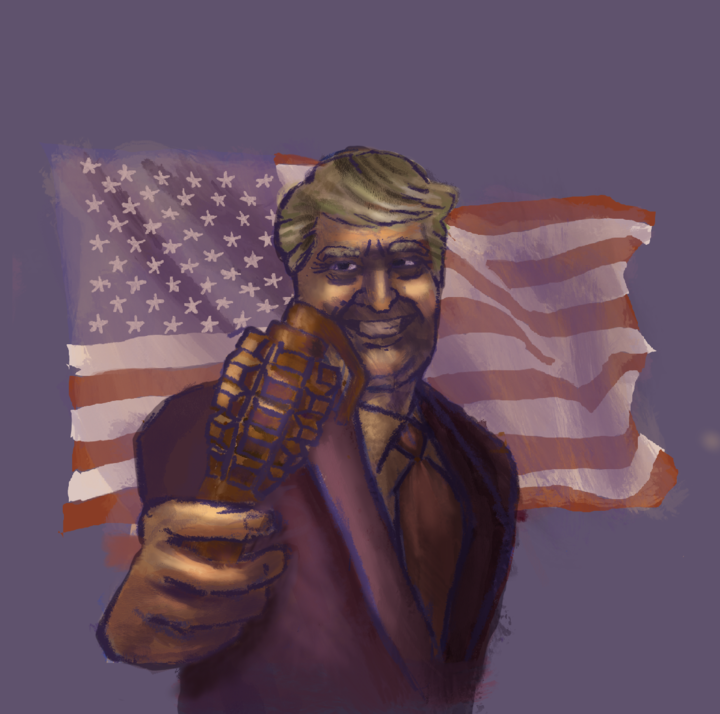
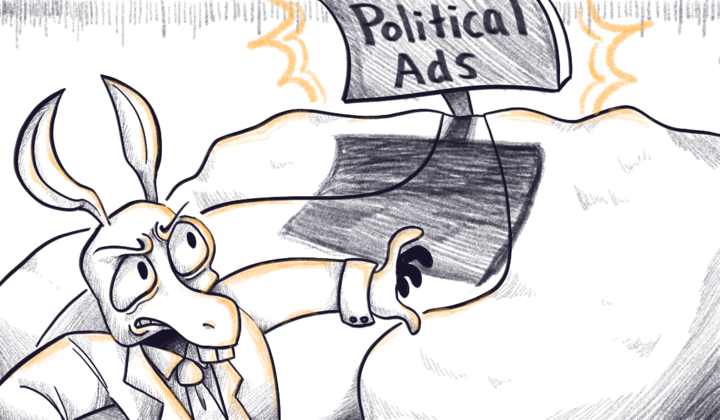
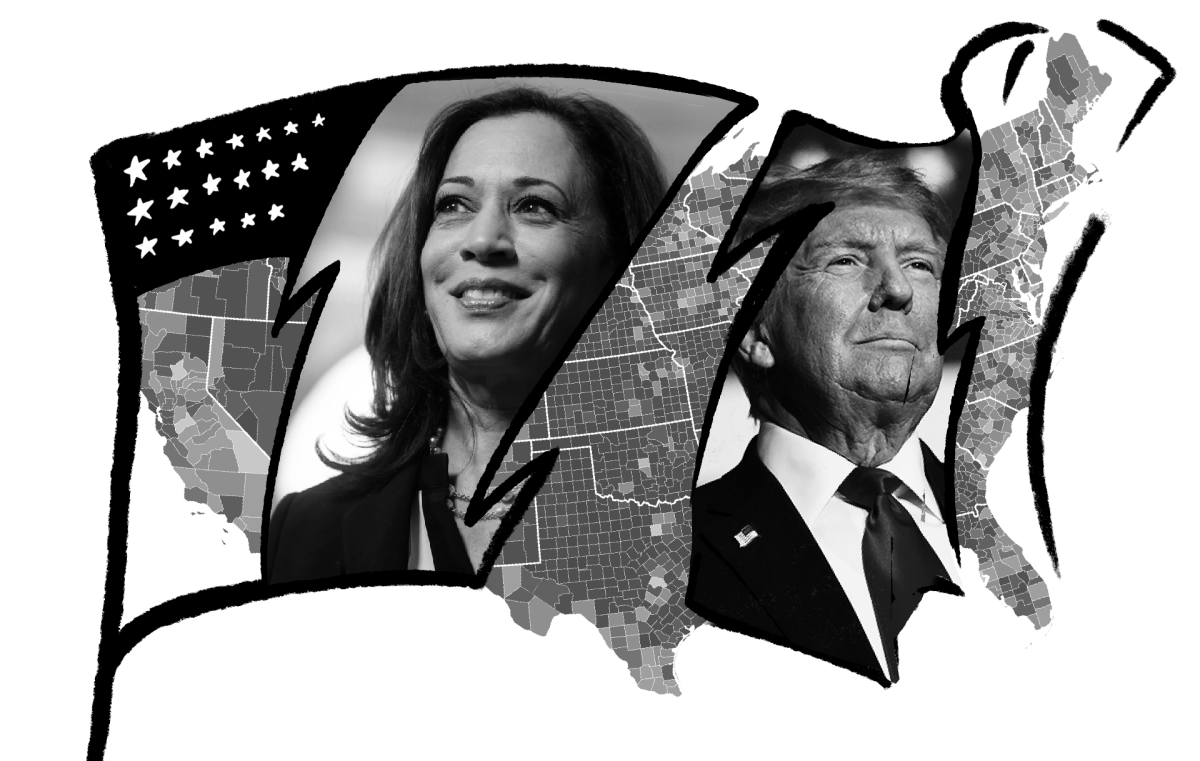
figures • Nov 20, 2016 at 1:17 pm
products of the humanities everyone.
no wonder they work at burger king and cant think for themselves.